A story that is personally relevant to, and reveals an authentic truth about the storyteller encourages the audience to connect with the storyteller on a human level. This authentic connection is incredibly powerful when it comes to influencing and leading others; it allows for the possibility that the audience will support, root for, buy into, or be led by the storyteller.
Read MoreWhen you gather your team for a weekly alignment session, stand up to give a presentation to your board, or plan a conference… No matter how big or small or mundane your meeting is, your attendees arrive with a set of expectations, assumptions, and preconceived notions.
The first 3-5 minutes of your meeting are your opportunity to make sure all those expectations and assumptions are aligned across the group, and folks are motivated to participate. You can do a lot in a few minutes; aim to establish operating norms or ground rules, share the agenda, and perhaps most importantly of all, set the tone. It’s in these 3-5 minutes that your attendees will make a decision about how much or little they will engage as participants and it’s your job to invite them in properly.
Read MoreOpening a story or presentation is one of the most difficult yet essential things to nail down in advance. At our Story Hours, or during a coaching session, it’s very common for storytellers to begin with, “Uh... okay,” “My story is about…” or the ever classic, “So…”
It’s common to begin with a half-baked plan, and it’s not surprising because most people are still crafting the story in their heads while they are speaking. The moment may be extemporaneous or just unplanned and the slow start is an inevitable side effect. But it’s time to develop some strategies to avoid showing up like you’re not sure what you’re talking about.
Read MoreTOOL
A self-evaluative diagnostic to evaluate your personal level of influence, on both the power and pathway dimensions. Identify your strengths and opportunities to establish a baseline understanding of your influence and set goals for the future.
Read MoreREFERENCE
A one-page reference on the 5 techniques of story delivery that, with thoughtful application, can amplify the impact and power of a story (or any presentation, for that matter).
Read MoreREFERENCE
A one-page reference on the Super Powers of an Influential Storyteller with some tips and tricks for how to integrate them into your stories.
Read MoreStephanie Judd sat down with ChangeMakers For Chaffee to discuss her decision to launch Wolf & Heron, her commitment to Buena Vista, and ways that she hopes to see Chaffee County grow through entrepreneurialism.
Read MoreWHITE PAPER
Read our detailed point of view on what makes a story influential, and how to craft your own influential stories.
Read MorePODCAST
In this episode for Unpack the Pursuit, Stephanie sat down with Molly Shunney to discuss the power of influential storytelling, and a knack for storytelling led her and Kara to carve a path of influence.
Read MorePODCAST
In this special episode of Business Beyond Usual, a podcast hosted by Michigan Ross, we explore the power of storytelling. What can a good story accomplish, and how do we go about crafting one?
Read MorePODCAST
Stephanie Judd sat down with Luke Yates of Brain Scoop to discuss her background, her decision to launch Wolf & Heron, and some of the ways she has pushed her own limits along the journey of entrepreneurship.
Read MoreStephanie Judd sat down with Lucas Casarez of Techie Personal Finance Bootcamp and LEVEL UP Financial Planning. She shared her story from her tech origins to helping leaders and team members to be more influential.
Read MoreRead an in-depth interview of Stephanie Judd by VoyageDenver, a magazine that aims to uncover Denver’s most inspiring stories.
In this interview, Stephanie discusses her entrepreneurial journey with Wolf & Heron, her roots, her hopes for the company, and some of the challenges she and her business partner Kara have faced along the way.
Read MoreAs human beings, we’re neurologically wired for stories - it’s been the primary mode of information transfer for most of human history, and as a result, we remember stories and the details associated with them far more effectively than any other kind of information. Stories present information in a controlled way, and bring the audience along by having them participate in the story through emotional and intellectual engagement.
However… if you want to use a story to actually influence someone, then we’re talking about taking stories to another level of awesome sauce. When you’re trying to influence, you’re not just trying to get your audience to remember your message - you want them to think or act differently as a result.
Read More













